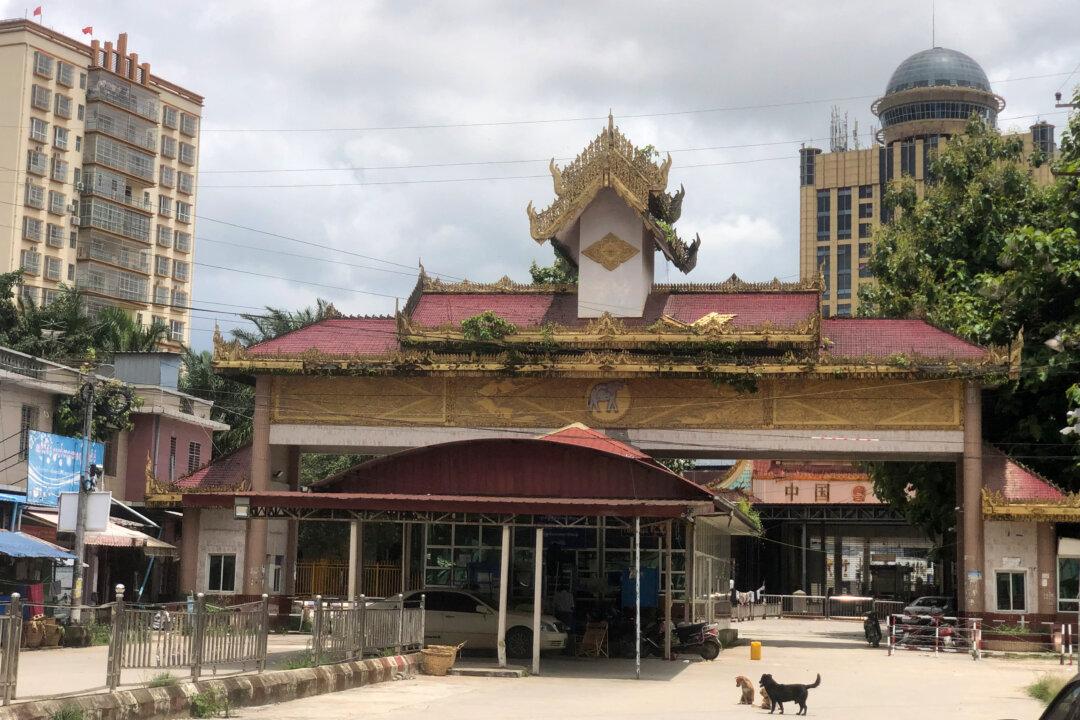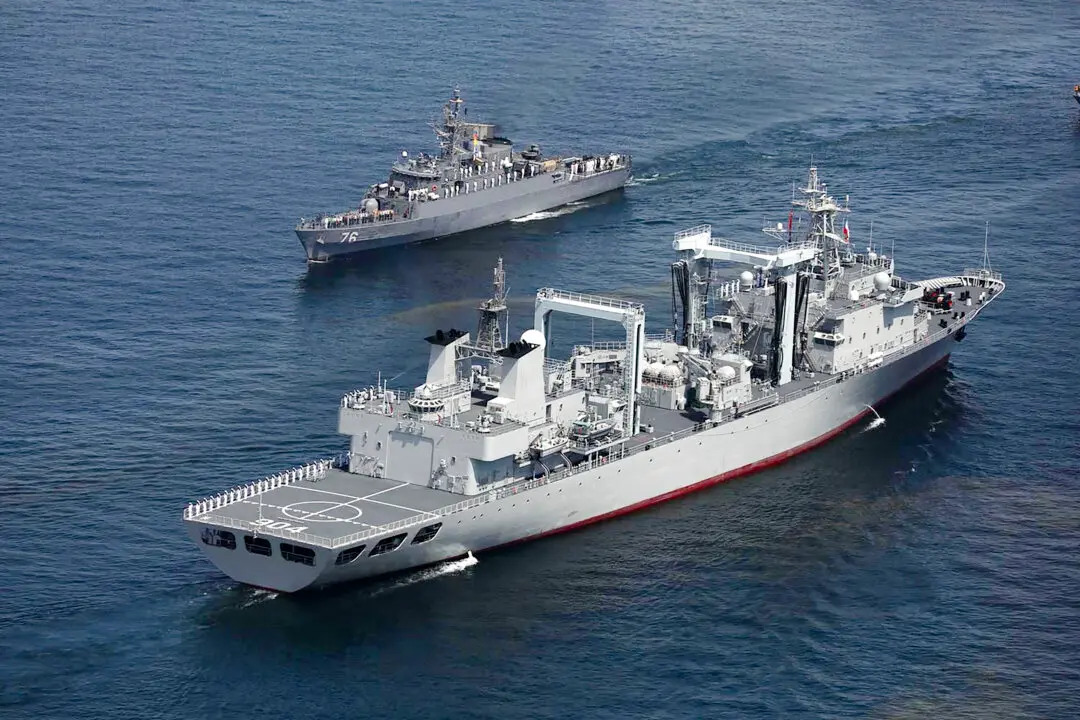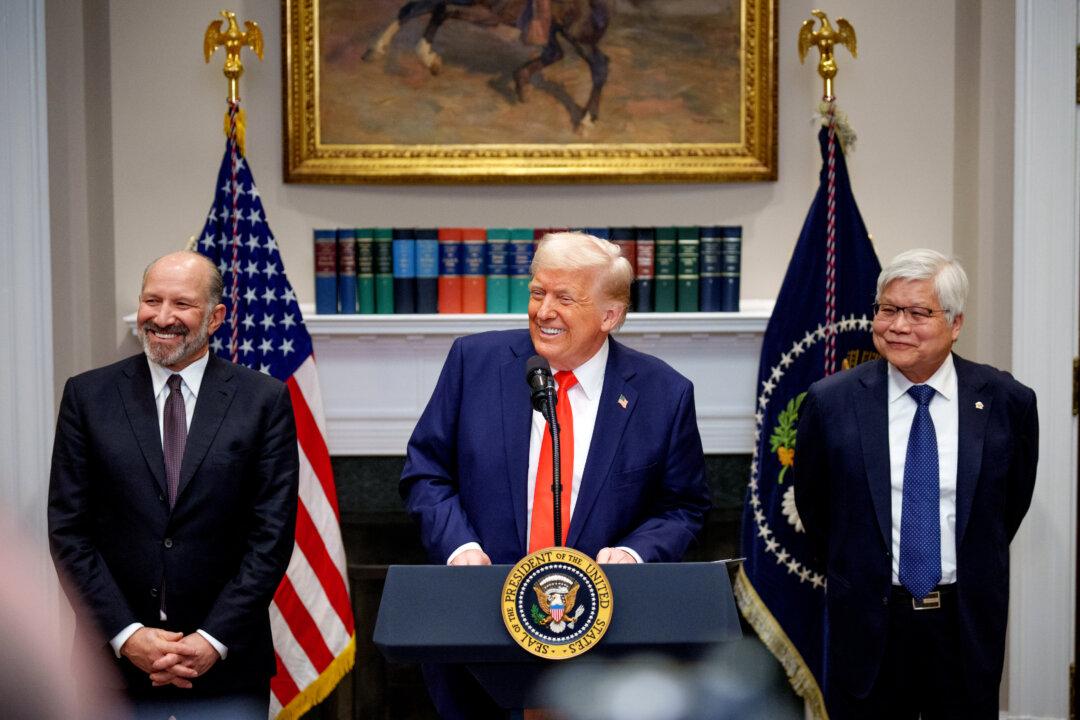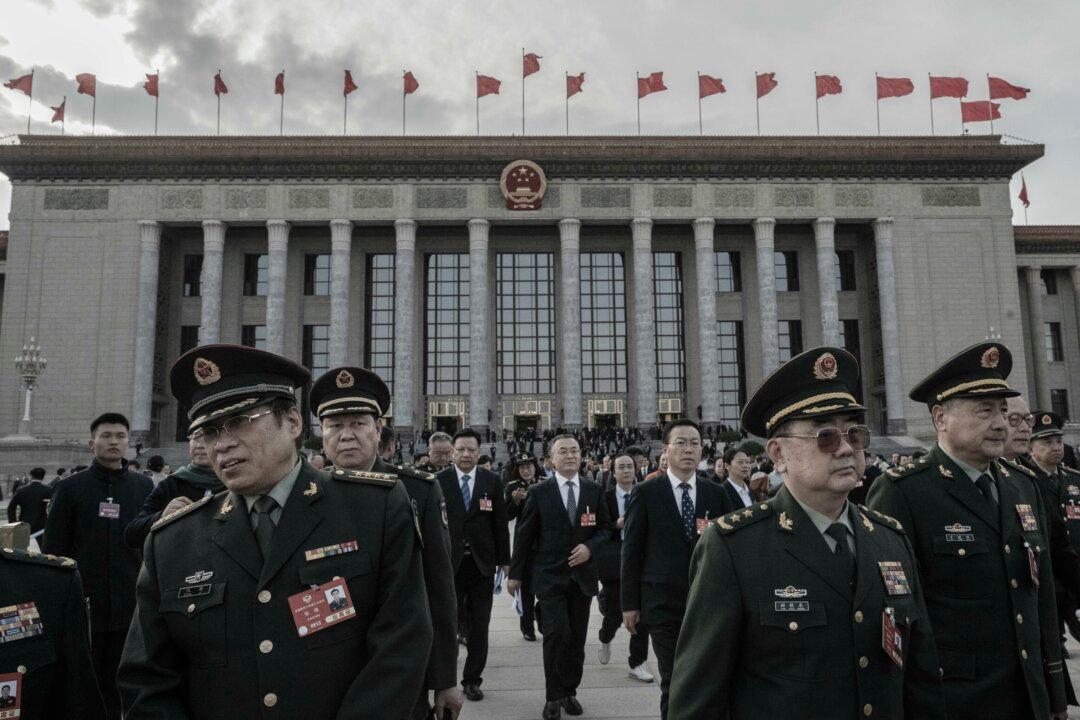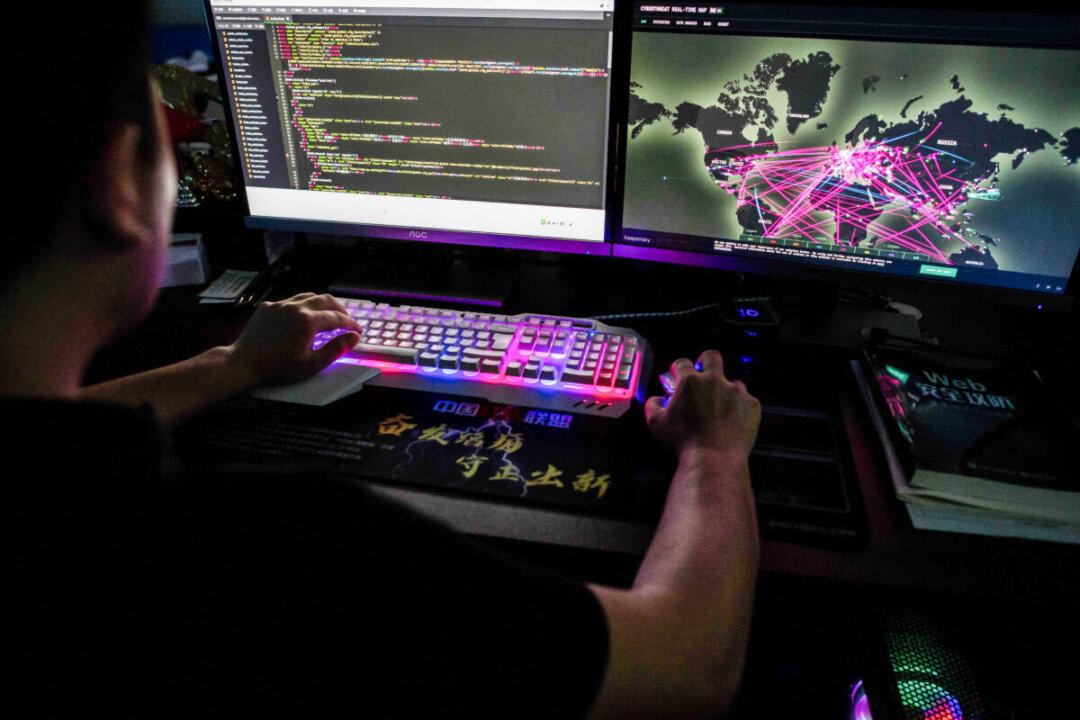Commentary
President Joe Biden on Feb. 6 renewed the national emergency with respect to the situation in Burma, also called Myanmar. This Southeast Asian country is pivotal to China’s plans for expansion in the Indian Ocean, which threatens the national security of both the United States and India.
